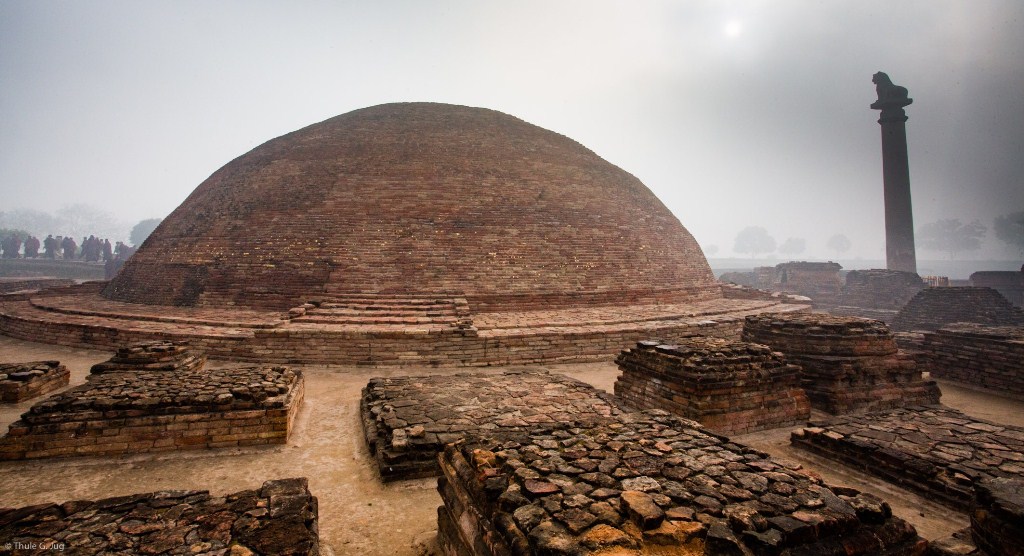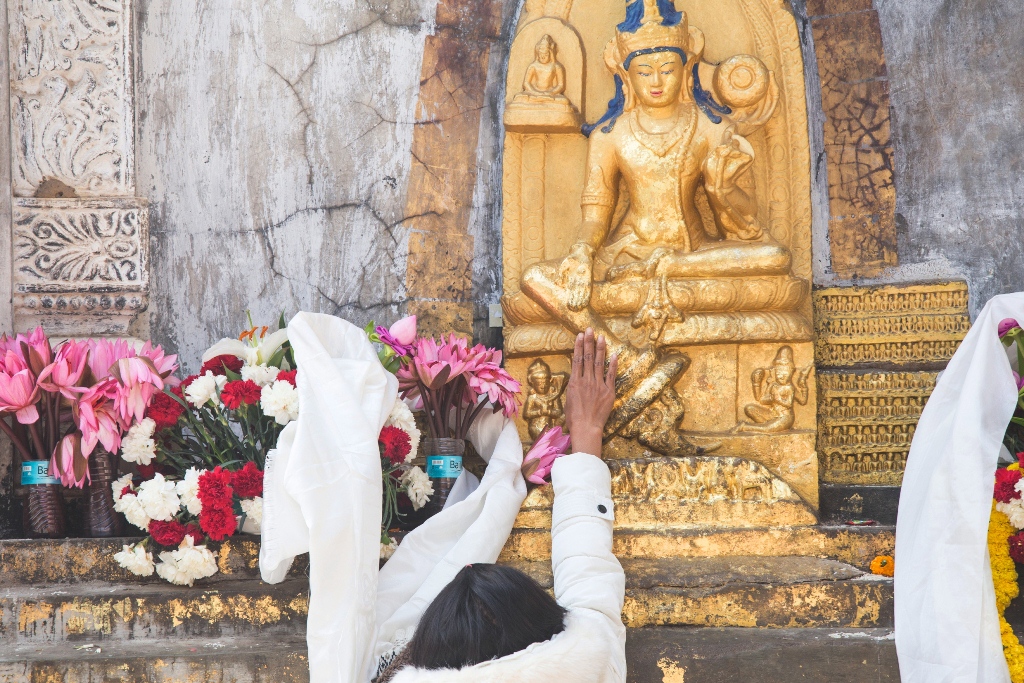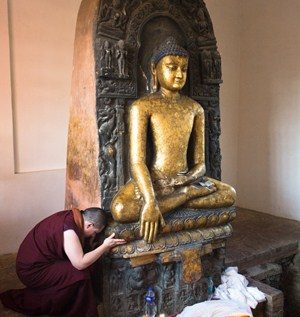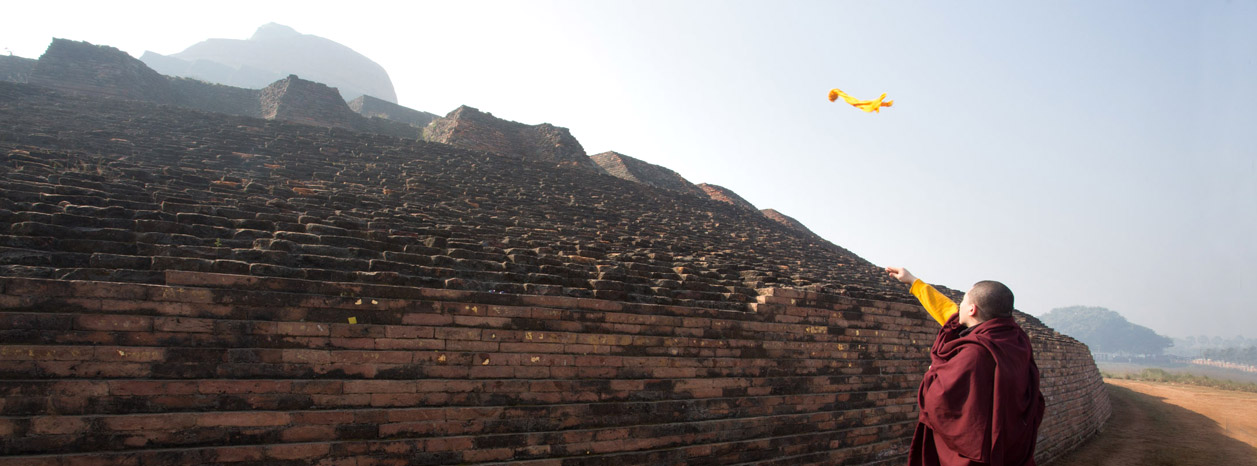
India gave birth to Buddhism, to all the timeless knowledge that we have been practicing throughout our lives. And from a Buddhist point of view, not only in this life but over many, many life-times. According to the prophecies of the Buddhas, this nation has not only been the host for Buddhism in the past, in the present, but will continue to be so in the future as well. As Buddhists, it is essential to remember what India has given to us.
Thaye Dorje, His Holiness the 17th Gyalwa Karmapa
India, the land of spirituality
India looks back to thousands of years of spirituality, a deep quest for human values and inner growth. In this conducive atmosphere, it also became the cradle of Buddhism. It was more than 2,500 years ago that Prince Siddhārta Gautama from the Śākya clan lived in the Northern part of India, in the ancient city of Kapilavastu. According to tradition, he was to follow his father as the ruler of a prosperous kingdom. Yet, he chose to abandon this tempting path, and embarked on a spiritual journey which culminated in his complete awakening, transcending birth and death.
The place where he is said to have achieved enlightenment—referred to as the indestructible seat or Vajrāsana—is located in a place known today as Bodhgayā, in the vicinity of Paṭnā in Northern India. Having achieved complete awakening, he started to share his deep wisdom and Inner Wealth with people of all walks of life and consequently became widely known as Buddha Śākyamuni, the ‘wise awakened one of the Śākya clan’.
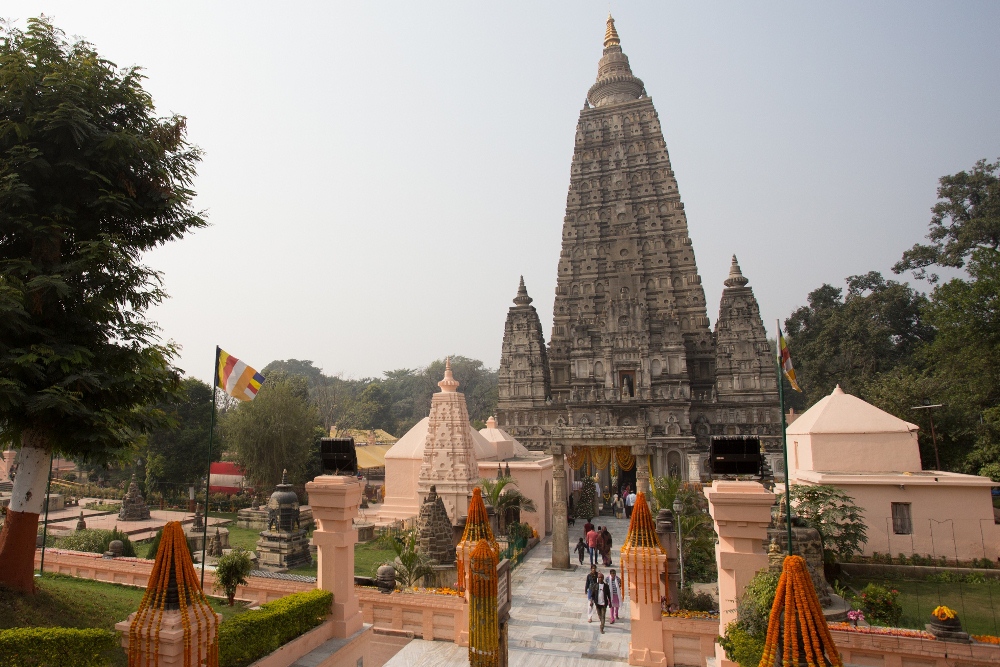
In fact, the Buddha dedicated his entire life to support others in their endeavor to overcome suffering. The main stations of his life: his birthplace, Lumbinī; the place of his enlightenment, Bodhgayā; the place of his first teaching, Sārnāth; and the place of his passing, Kuśīnagar; have become important pilgrimage sites for all Buddhist traditions. In particular, Bodhgayā continues to attract millions of devoted followers, who offer their respect and prayers at this foremost place of merit.
The Bhadrakalpikasūtra (Sūtra of the Good Eon) says:
Buddha’s seat, the ‘Vajra Seat’ at Bodhgaya is said to be the center of ‘Jambudvīpa,’ our world. And not only Buddha Śākyamuni, all of the thousand Buddhas of the Good Kalpa will attain enlightenment there. This place, with all the towns of India around it, is therefore geographically considered the ‘central region.’
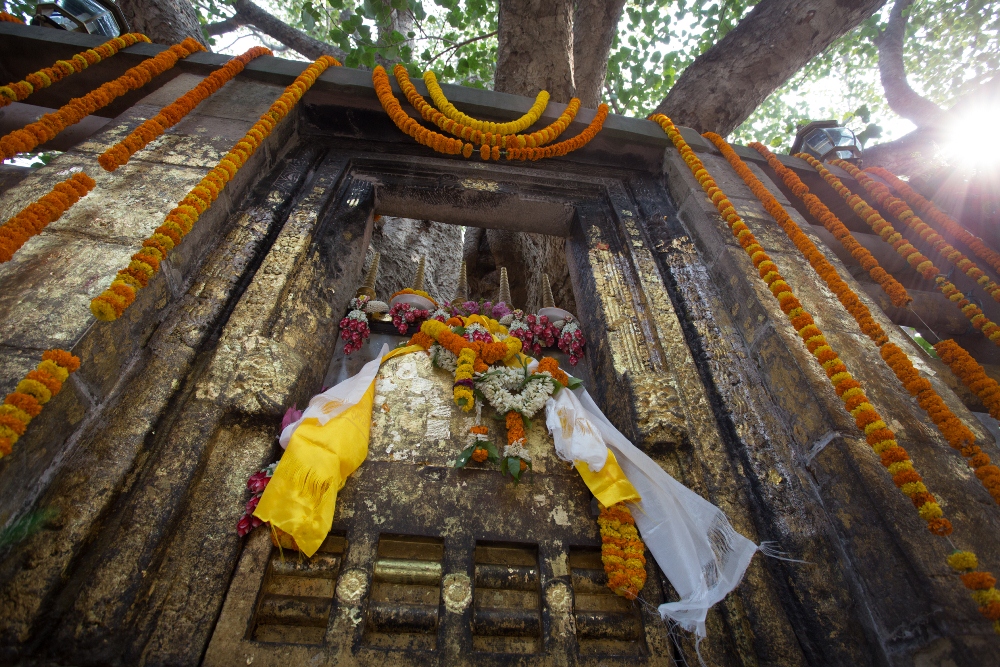
Under the Bodhi Tree
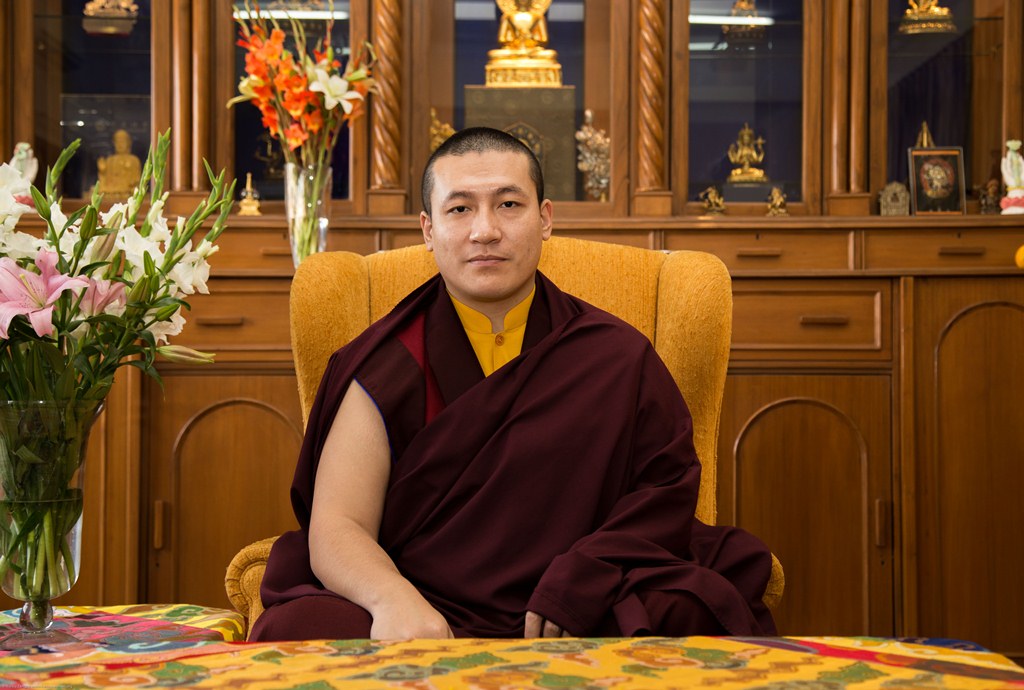
As the lineage holder of the Karma Kagyu tradition, it is one of Karmapa’s key responsibilities to ensure the continued presence of the precious Buddha Dharma in India, by protecting and preserving the lineage and the entirety of the teachings. It is for this reason, that His Holiness is presently establishing and supporting a growing number of monastic and educational projects in India.

